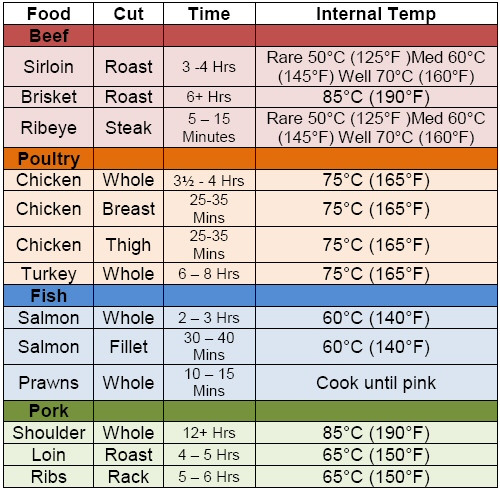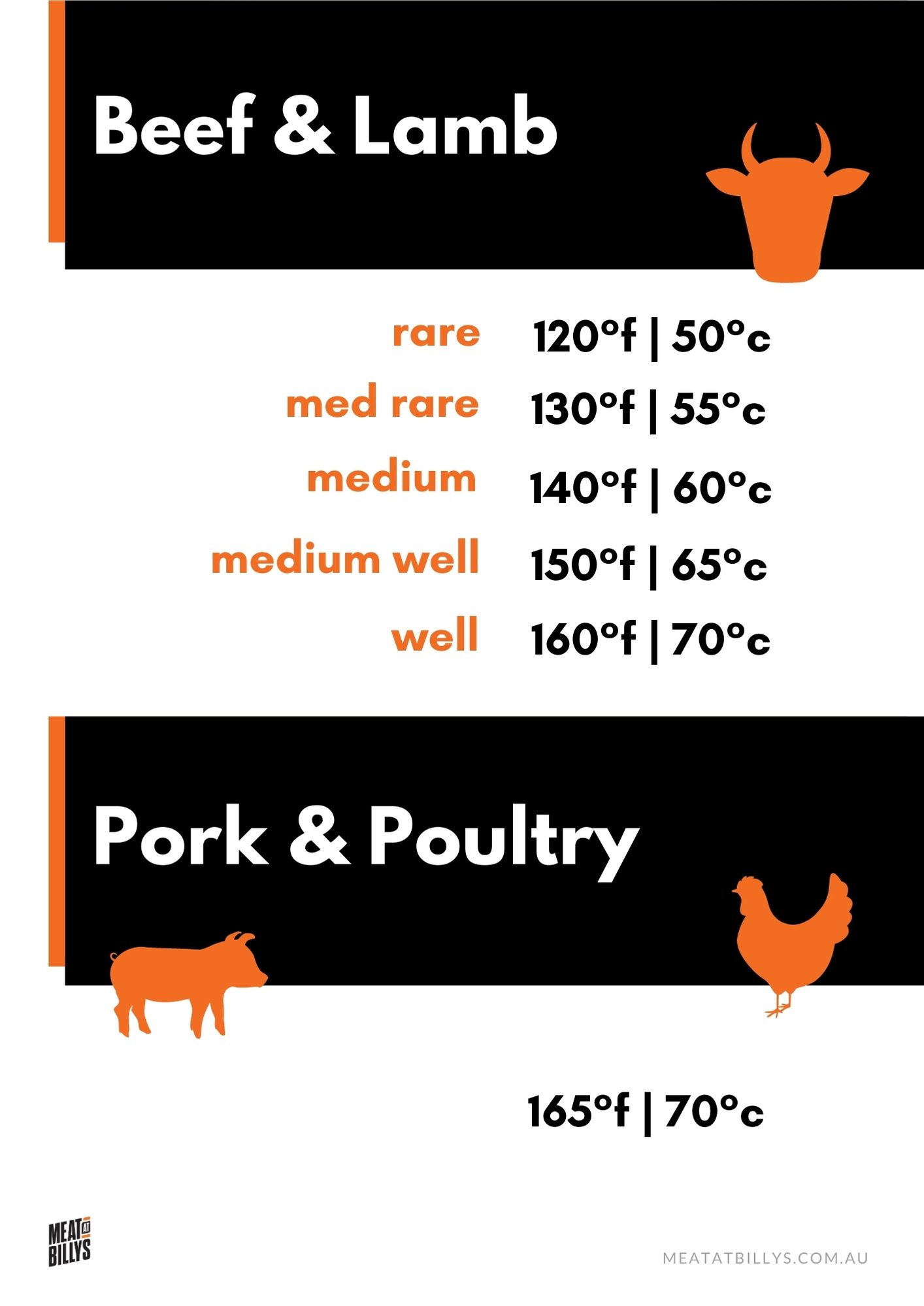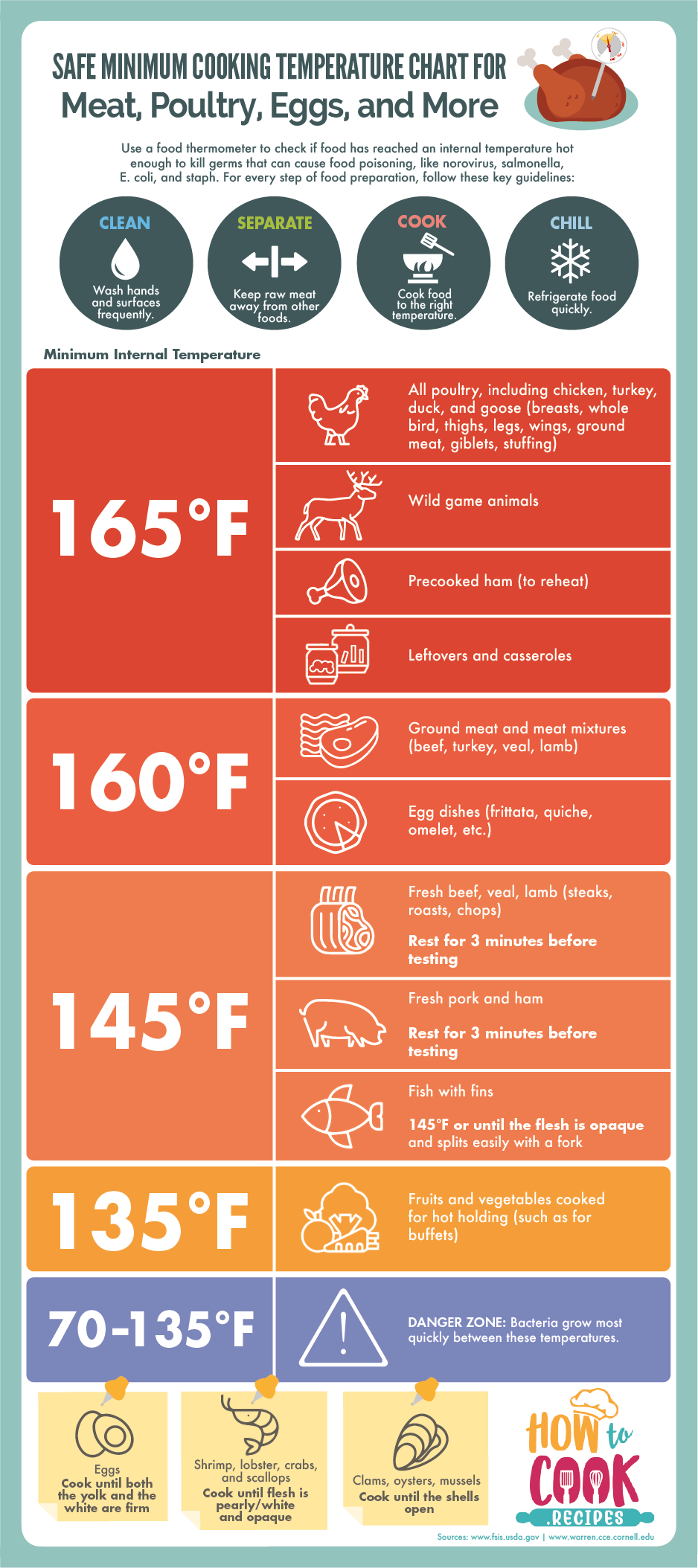
Once your ribs are nearing your ideal finished internal temperature, you’ll start looking for other doneness indicators to give you the perfect finished rack of ribs. Having a few readouts will give you a better overall look at where your ribs are and allow you to make adjustments for hot spots and move the ribs around to account for thicker ribs taking longer to cook.

Take the temperature in a couple of locations across the ribs.Losing too much heat due to slow temperature readings can drag out the time it takes for your ribs to finish cooking. Use an instant-read thermometer to take temperatures quickly and avoid heat loss inside your grill or smoker.If your probe is in a fat pocket or touching bones on your rack of ribs, you won’t get an accurate read. Insert the probe into the thickest part of the meat, between any bones.Here are a few tips to help you get the most accurate temperature for ribs. Tips for Making the Best Ribs by Taking Rib Temperatures This spread in final temperature is one reason why thermometers are a great jumping off-point for rib perfection, but not the be-all-end-all indicator. Most ribs hit their sweet spot for doneness around 198 degrees F, but some take until 203 degrees F to be perfectly tender. Anything under that temperature and your ribs will be chewy, stringy, and tough.Īt 195 degrees F, that tissue starts to gelatinize and turn into tasty, melty deliciousness. The light connective tissue in ribs begins to break down around 195 degrees F. Meat ThermometerĪ quality, instant-read thermometer will give you a great deal of information on what’s happening inside those ribs during the cooking process. There is no “magic number” when it comes to temperature and rib perfection, but your thermometer can certainly be used in combination with the following tools to check twice for doneness. Checking for DonenessĪs we mentioned at the top of the post, the temperature is only one of the many factors you can utilize to check for the doneness of your ribs. They are great to smoke and braise and then serve shredded and loaded with sauciness. Sometimes they include bone segments and sometimes they don’t, but they do have similar fat content to ribs and similar tough connective tissue. These “ribs” are actually 1.5-2-inch thick strips typically cut from the pork shoulder. Country Style RibsĬountry style pork ribs aren’t ribs at all (despite the label from the butcher counter). With slightly less fat than spare ribs and usually a bit more meat above the bone, these ribs make for great eating and work well in both low and slow smoking or hot and fast grilling applications.

Baby Back Ribsīaby back ribs are possibly the most popular rib type for grilling.


INTERNAL TEMPERATURE OF COOKED PORK FULL
Louis spare ribs with a more uniform appearance than other spares with all of the great fatty flavors you’d expect from the full rack. Typically, the end 2-3 bones are trimmed off and the top 2-3-inch section of the bones and cartilage are also removed. Louis spare ribs are cut down from a rack of full spare ribs. This combination of fat tissue makes spare ribs a great option for low and slow cooking to add tenderness and flavor. They also have a good amount of connective tissue that holds the ribs together and supports the internal organs of the hog. Spare ribs are flat and wide, loaded with great intramuscular fat due to their proximity to the belly. The most common pork ribs for grilling, smoking, and braising fall into four main cuts.


 0 kommentar(er)
0 kommentar(er)
